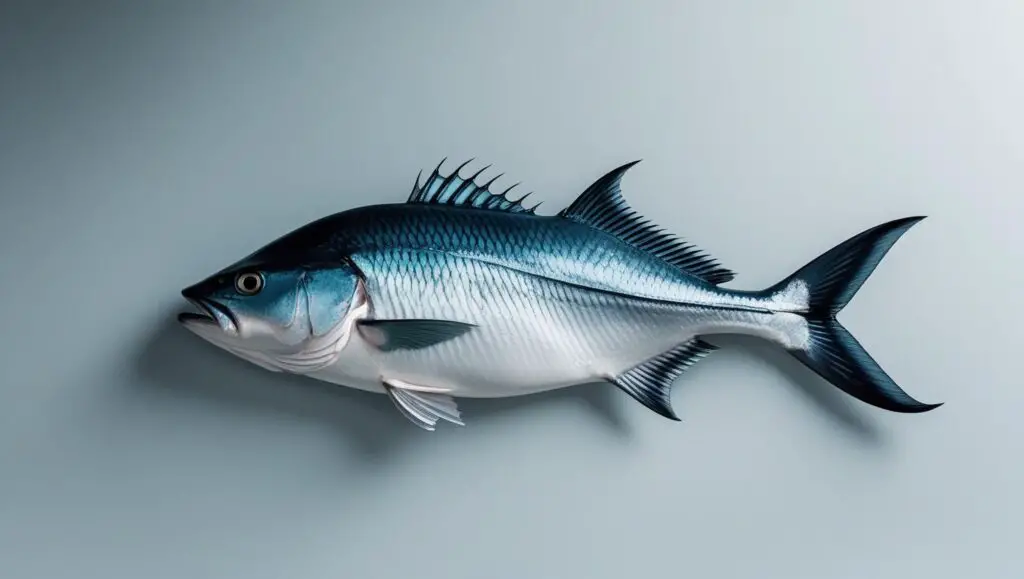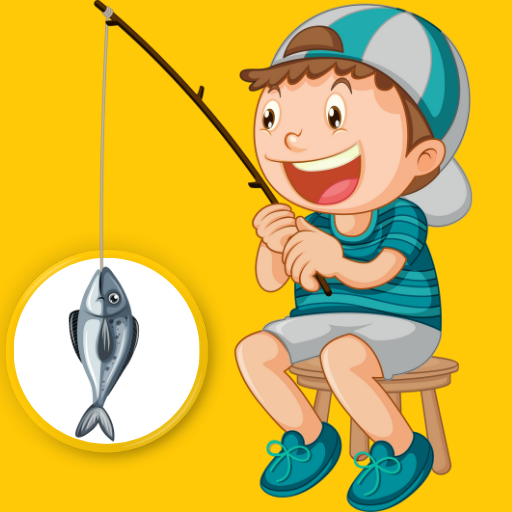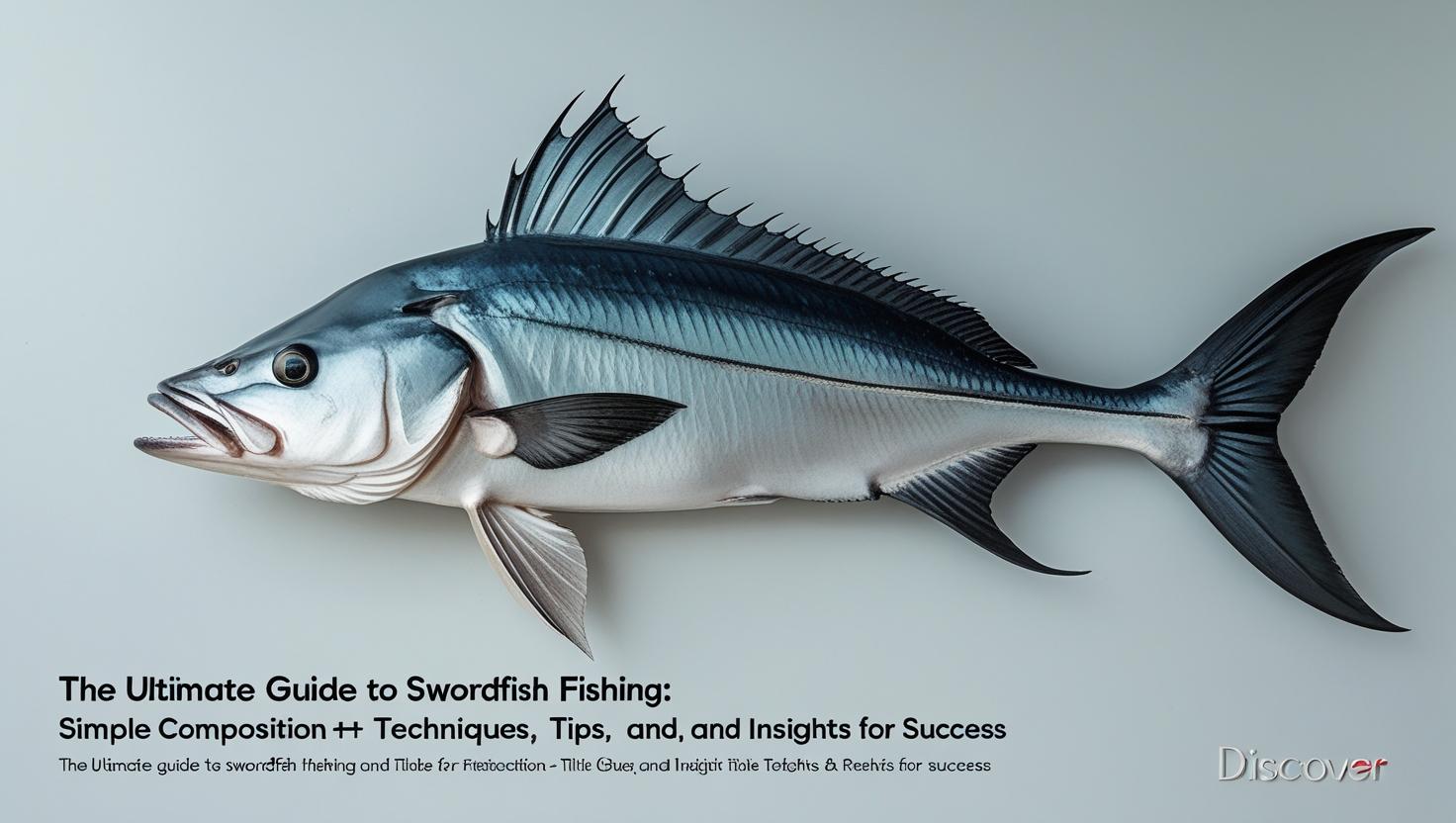Swordfish fishing, or “swording,” is not just a sport—it’s a battle of endurance, technique, and respect for one of the ocean’s most powerful and elusive predators. In this comprehensive guide, we’ll dive deep into everything you need to know about catching swordfish. From understanding their behavior and biology to mastering day and night fishing tactics, this 2,599+ word article is crafted to provide expert-level knowledge for beginners and seasoned anglers alike.
Table of Contents
- Introduction to Swordfish Fishing
- Swordfish: The Gladiators of the Deep
- Where to Find Swordfish
- Best Time for Swordfish Fishing
- Daytime vs Nighttime Swordfishing
- Essential Gear and Equipment
- Techniques for Catching Swordfish
- Choosing the Right Bait
- Trolling vs Deep Dropping
- Handling and Reeling in a Swordfish
- Safety Tips While Swordfishing
- Conservation and Ethical Fishing Practices
- Top Swordfishing Destinations Worldwide
- Frequently Asked Questions
- Final Thoughts
Introduction to Swordfish Fishing
Swordfish (Xiphias gladius) are one of the most revered game fish in the world. Their sleek bodies, formidable bills, and aggressive fighting style make them a favorite among offshore anglers. Swordfish are widely known for their strength and stamina, often requiring hours of intense battle to reel in.
Whether you’re heading out on a personal adventure or planning a charter trip, understanding the complexities of swordfishing is key to success.
Swordfish: The Gladiators of the Deep
Characteristics of Swordfish
Swordfish are large, predatory fish with a long, flat bill that resembles a sword—hence the name. They are known for their impressive size, sometimes reaching over 1,000 pounds, although most catches average between 100 to 300 pounds.
- Scientific Name: Xiphias gladius
- Length: Up to 14 feet
- Weight: Up to 1,400 pounds
- Lifespan: Up to 9 years
- Habitat: Deep tropical and temperate waters worldwide
Swordfish Behavior
Swordfish are primarily solitary hunters. They inhabit deep waters during the day and move closer to the surface at night to feed. This behavioral pattern is essential in determining the best fishing strategies, which we’ll cover in detail below.
Where to Find Swordfish
Swordfish are found in warm and temperate ocean waters around the world. They are highly migratory and favor areas with strong currents, steep underwater drop-offs, and abundant food sources such as squid and small fish.
Top Locations Include:
- Gulf of Mexico
- Florida Straits
- Southern California
- Caribbean Sea
- Mediterranean Sea
- Off the coasts of Australia, New Zealand, and South Africa
Best Time for Swordfish Fishing
Seasonal Patterns
- Spring and Summer: Best in the Atlantic, particularly near Florida and the Gulf.
- Fall and Winter: Productive in the Pacific, especially off California and Baja California.
Swordfish can be caught year-round, but weather conditions and migration influence catch rates. The best time also varies by region and whether you’re fishing during the day or night.
Daytime vs Nighttime Swordfishing
Swordfishing has evolved over the years, and now anglers can choose between daytime and nighttime techniques—each with its unique advantages.
Daytime Swordfishing
Day swordfishing requires deep dropping baits to depths of 1,200 to 1,800 feet. This method relies on precision and advanced electronics to locate fish.
Pros:
- Fewer boats and competition
- Larger swordfish often caught during the day
Cons:
- Requires heavier gear and more effort
- More technical and challenging
Nighttime Swordfishing
At night, swordfish rise closer to the surface to feed, allowing anglers to fish at shallower depths (100-400 feet) with simpler rigs.
Pros:
- Easier setup
- Higher chance of bites
Cons:
- Smaller average fish
- More boat traffic
Essential Gear and Equipment
Successful swordfishing demands specialized gear. Your setup will vary depending on whether you fish by day or night.
Rods and Reels
- Rods: Heavy-duty, stand-up rods with roller guides
- Reels: Electric or manual 80W-130W reels with high line capacity (1,000+ yards)
Line and Leader
- Main Line: 80–130 lb braid or mono
- Leader: 150–300 lb fluorocarbon
- Wind-On Leaders allow smooth retrieval through rod guides
Terminal Tackle
- Circle hooks (9/0 to 11/0)
- Glow sticks or LEDs
- Weights (5 to 15 lbs for deep drops)
- Balloons or floats (for nighttime rigs)

Techniques for Catching Swordfish
Deep Dropping
Daytime deep dropping involves using an electric reel and weighted bait to reach swordfish at extreme depths.
Steps:
- Use sonar to locate thermoclines and bait balls
- Drop bait to 1,200–1,800 ft
- Monitor rod tip and electric reel for subtle strikes
- Set the hook and prepare for a long battle
Drift Fishing
A preferred nighttime technique. Allows bait to drift naturally in the current.
Steps:
- Set up multiple rods with staggered depths
- Use glow sticks to monitor line
- Wait for a strike and fight the fish manually
Choosing the Right Bait
Swordfish are opportunistic feeders, but some baits consistently outperform others.
Best Natural Baits
- Squid (their favorite!)
- Mackerel
- Bonito strips
- Mullet
- Eels
Artificial Baits
- Soft plastic squid
- Skirted lures with scent
- Lighted jigs for nighttime
Pro Tip: Brine your bait for toughness and better presentation.
Trolling vs Deep Dropping
While deep dropping is more popular for swordfish, trolling can also be effective, especially in certain areas and times.
Trolling for Swordfish
Use surface or sub-surface lures, especially in regions where swordfish rise to the top during dusk and dawn.
Gear: High-speed trolling setups with large skirted lures
Speed: 5-7 knots
Depth: 0-200 feet
Handling and Reeling in a Swordfish
Swordfish are fierce fighters known for long, deep runs and violent head shakes. Proper technique is crucial.
Tips for Reeling
- Maintain constant pressure
- Use a fighting belt and harness
- Let the fish run when needed
- Keep the boat moving slowly to prevent slack
Gaffing and Landing
- Use a large, strong gaff
- Wait until the fish is tired
- Always gaff in the head or behind the gill plate
Safety Tips While Swordfishing
Swordfish have powerful bills and can thrash violently when brought onboard.
- Always wear gloves when handling line
- Use a flying gaff for large fish
- Keep crew alert and prepared
- Use proper lighting for night trips
- Carry emergency equipment (EPIRB, flares, radios)
Conservation and Ethical Fishing Practices
Why It Matters
Swordfish populations are rebounding thanks to conservation efforts, but ethical fishing ensures future generations can enjoy the sport.
Tips for Sustainable Swordfishing
- Use circle hooks to reduce gut hooking
- Release small or undersized fish
- Follow local regulations and quotas
- Support catch-and-release tournaments
- Respect closed zones and seasons
Top Swordfishing Destinations Worldwide
1. Islamorada, Florida Keys – Night swordfishing capital
2. Puerto Rico – Excellent year-round fishery
3. Cabo San Lucas, Mexico – Productive Pacific waters
4. New Zealand – Home to record-breaking swords
5. Madeira, Portugal – Trophy fish and skilled charters
Frequently Asked Questions
Q: How long does it take to catch a swordfish?
A: It can take anywhere from 30 minutes to over 4 hours, depending on size and sea conditions.
Q: Are swordfish dangerous?
A: Yes, they can injure anglers with their sharp bills when brought aboard. Always handle with care.
Q: Can you eat swordfish?
A: Absolutely. Swordfish is a prized seafood delicacy with a meaty texture and mild flavor.
Q: What’s the best depth for swordfish?
A: Daytime: 1,200–1,800 ft; Nighttime: 100–400 ft
Final Thoughts
Swordfish fishing is the pinnacle of offshore angling—demanding, thrilling, and immensely rewarding. Whether you’re an amateur angler looking to hook your first sword or a seasoned pro chasing trophies, understanding the fish, mastering the techniques, and respecting the ocean will enhance your success and enjoyment.
Invest in quality gear, study swordfish behavior, and practice ethical fishing, and you’ll be well on your way to becoming a master of this elite pursuit.


Leave a Reply